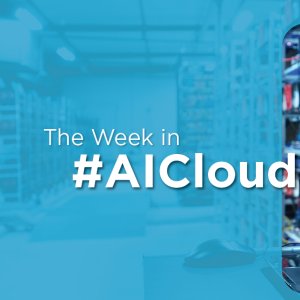
Traceability, Clean Energies: Keys to Carbon Neutrality
 By Alejandro Enríquez | Journalist and Industry Analyst -
Thu, 09/23/2021 - 19:04
By Alejandro Enríquez | Journalist and Industry Analyst -
Thu, 09/23/2021 - 19:04
You can watch the video of this presentation here.
OEMs have set ambitious carbon neutrality goals but the supply chain not far behind in reducing carbon emissions. Current strategies highlight two key elements: resource and energy management, and supply chain traceability.
“Carbon neutrality requires a neutral output of CO2 emissions. If a company is generating CO2, it must mitigate that impact some other way,” said Pablo Rivero, Country Manager of ForeFront Power.
Companies must first identify what lays behind most of their carbon emissions. Toyota’s 2020 environmental report shows that out of 15 categories in its manufacturing chain, “purchased goods and services” accounted for 16.4 percent of its CO2 emissions. For that reason, OEMS must push suppliers to also implement sustainability strategies. To date, most strategies are based on reducing emissions in operations across the supply chain. “OEMs should understand that sustainability implies a long-term strategy for a foundational supply chain in which it is actively working to reach zero emissions. That also implies ethical material supplies,” said Ana Núñez, Digital Supply Chain Center of Excellente Mexico at SAP.
Nuñez explains that a functional strategy should be based in a mutual interest from OEMs and suppliers to build the foundations to implement a carbon neutrality strategy, which can be achieved through delivery process optimization and efficient equipment, among many other tools. “Digitalization is not only about production process but also to take data into account to optimize decisions,” said Núñez
Read more about automakers going carbon neutral.
Resource management, particularly water and electricity, is essential to manufacturing operations, especially once companies consider the role their surrounding communities can play in their optimal operations. “Communities in a better position to interrupt industrial process in the automotive industry than in the mining sector, particularly with all elements involved with water resources. Companies must perform acquire social licensing to perform these processes and avoid being considered the enemy,” says Luis Vera, Managing Partner at Vera y Asociados. From a legal perspective, there can be significant variations in the way the water expelled by a plant is labeled but this is a matter for local or federal authorities.
The first step in gaining public trust could be a solid framework for water use, as Audi México observed at its plant in San Jose Chapa, Puebla. “We are the first entity to be waste-water-free in Puebla. We earned this recognition thanks to our lagoon, where we use rainwater for our processes instead of freshwater,” Andreas Lehe, Former President of Audi Mexico, told MBN in 2019.
Electricity management is also key, as the proper use of this resource can have benefits beyond sustainability, it can impact future contracts. “Auto part suppliers are motivated by OEMs requirements to share their carbon neutrality goals,” said Rivero. “We used to design and built large solar parks, but due to ongoing changes on the regulatory realm we now have more than 100 projects operating in a medium and small scale, most of them on site.” Forefront builds the renewable energy facilities and then sells the electricity to the companies.
Collaboration between OEMs and suppliers has been essential to drive change. Companies are pushing to provide visibility and traceability of all the components that go into the vehicle, from the engineering and design to the point when the vehicle reaches the end-customer, explained Nuñez.
“Most OEMs and suppliers monitor and measure their carbon footprint emissions at certain points of the chain due to existing regulations. But to ensure that the operation meets all regulations rules, the entire process and components must be traceable. Companies should also evaluate how those emissions will be replicated in the production line and analyze how to optimize these routes until the vehicle reaches the dealership floor,” said Núñez.
Digital threads and resource management play a key role in both ensuring traceability and providing visibility to the various players within the supply chain. “The very first strategy is to measure its carbon footprint,” says Rivero.
















